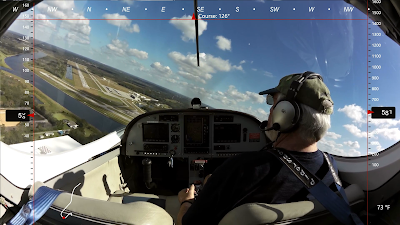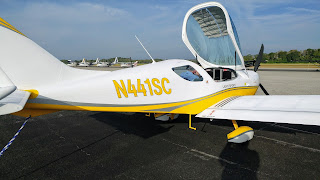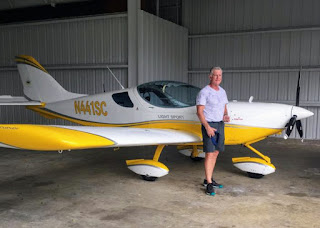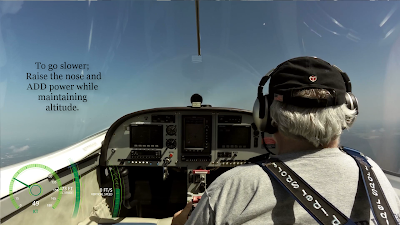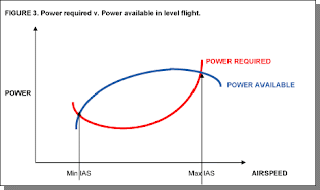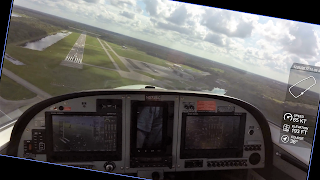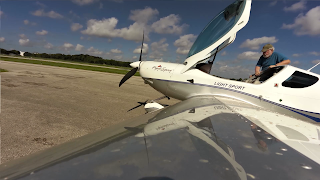I changed out the voltage rectifier. The symptom was a low voltage annunciator at low RPM, usually when clearing the runway after landing but occasionally at other times during taxi. Never in flight. I pulled the connector to see if it might just be corrosion, but the Corrosion X used the last time had protected the connectors. They were clean. It seems I replace this part about once every 18 months, but it is really sensitive to heat so the hotter the flight time the more often it needs to be changed. This one only lasted about 150 hours. (Reference: https://lsaeronaut.blogspot.com/2016/09/voltager-rectifierregulator.html)
The nose wheel seemed to shimmy more that usual during my flight review. This is usually due to low tire pressure. Cooler winter temperatures can cause the pressure to decrease. And this one is a bit tricky to visually check due to the wheel pants. Typically you need to remove the pant to get to the stem to pump the tire but I was lucky this time. Feeling up under the pant I felt the stem and was able to push Sally back enough to rotate the stem to the small notch in the pant to get the compressor attached. 18lbs.
 It was close to time for an oil change. I gathered my tools and supplies and removed the upper cowling. After burping the engine (still in the top third, she uses very little oil) I placed my drip pan and positioned my empty gallon jug under the reservoir to get started. I couldn't find the plastic tube to go from the quick drain to the bottle. Rats. So many moves in the past year I just misplaced it somewhere. So that is still on my list.
It was close to time for an oil change. I gathered my tools and supplies and removed the upper cowling. After burping the engine (still in the top third, she uses very little oil) I placed my drip pan and positioned my empty gallon jug under the reservoir to get started. I couldn't find the plastic tube to go from the quick drain to the bottle. Rats. So many moves in the past year I just misplaced it somewhere. So that is still on my list.I went flying instead. Winds were calm so I chose RWY23. Moderate traffic today with a twin in the runup area as I arrived. There was one Cessna 172 on downwind and a Citation called 5 miles out on an extended left base for RWY23. A Piper was on final for RWY36 with another C172 just entering for that runway about 5 miles south. Good flying weather in Florida (low 80°s). When it was our turn we took off and departed to the southeast to overfly the house, then flew north past Plant City (KPCM) to test all of the avionics. Sally performed well.
Back in the pattern things were still pretty busy. We took interval between a Piper making a downwind departure to the north and a Cessna making his base turn. It seemed that most folks had abandoned RWY36 for RWY23 although the winds were still very light. I got three in and really enjoyed the practice.
I like winter flying in Florida.
Video Notes: Local Area Dec2017








